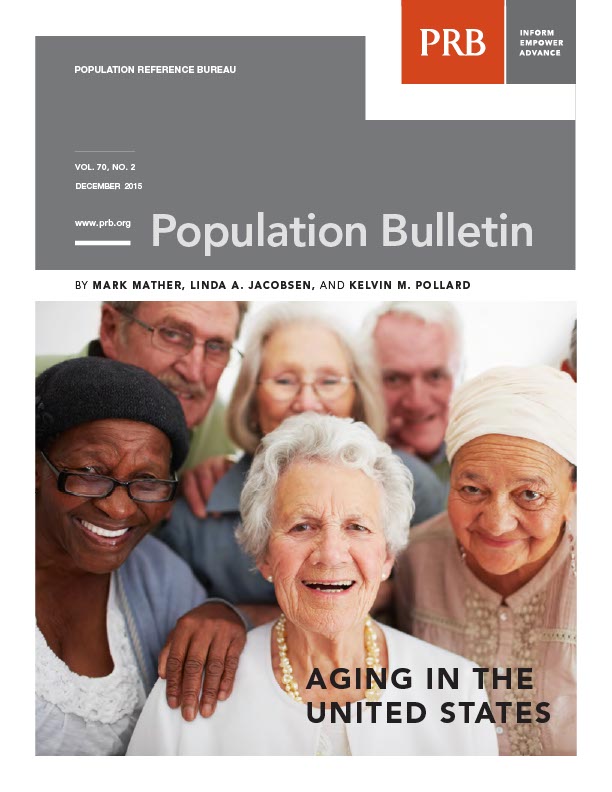Project: PACE: Policy, Advocacy, and Communication Enhanced for Population and Reproductive Health
253 Search Results Found For : " ㈌ 황금성먹튀 ㅴ rtt469.top ㈀ 온라인슬롯 배팅법 ㅼ 우주전함야마토2199 ㉠ 온라인게임순위 2018 ㅨ 파칭코종류 ㅨ 릴게임 추천 사이트 ㄾ 릴게임공략법 ㈊ 황금성 제주도"

How Demographic Changes Make Us More Vulnerable to Pandemics Like the Coronavirus
(2020) The world is better equipped to fight a pandemic today than it was in 1918, when influenza swept the globe and infected up to one-third of the world’s population.1 While science and medical advances have given us new advantages in fighting disease, some demographic trends since 1918 may increase the risk for spreading contagions and our vulnerability to viruses.

Digital Access Improves in Appalachia, Bridging Rural-Urban Divide
Recent data show large improvement in digital access for the Appalachian Region—especially in rural counties—despite a lag behind the nation.

Project: Center for Public Information on Population Research (CPIPR)
Why Is the U.S. Birth Rate Declining?
In 2020, the U.S. TFR dropped to 1.64, the lowest level ever recorded.

Population Bulletin, vol. 70, no. 2. Aging in the United States
(2015) Population Reference Bureau’s Population Bulletin, “Aging in the United States,” examines recent trends and disparities among adults ages 65 and older, and how baby boomers born between 1946 and 1964 are reshaping America’s older population.

Project: Appalachia: Demographic and Socioeconomic Trends
Appalachia Sees Higher Incomes, Lower Poverty Rates, and Boosts in Education, but Still Lags Behind Rest of Nation
ARC and PRB release new data revealing Appalachia’s economic improvements, key vulnerabilities compared to the rest of the U.S. economy

